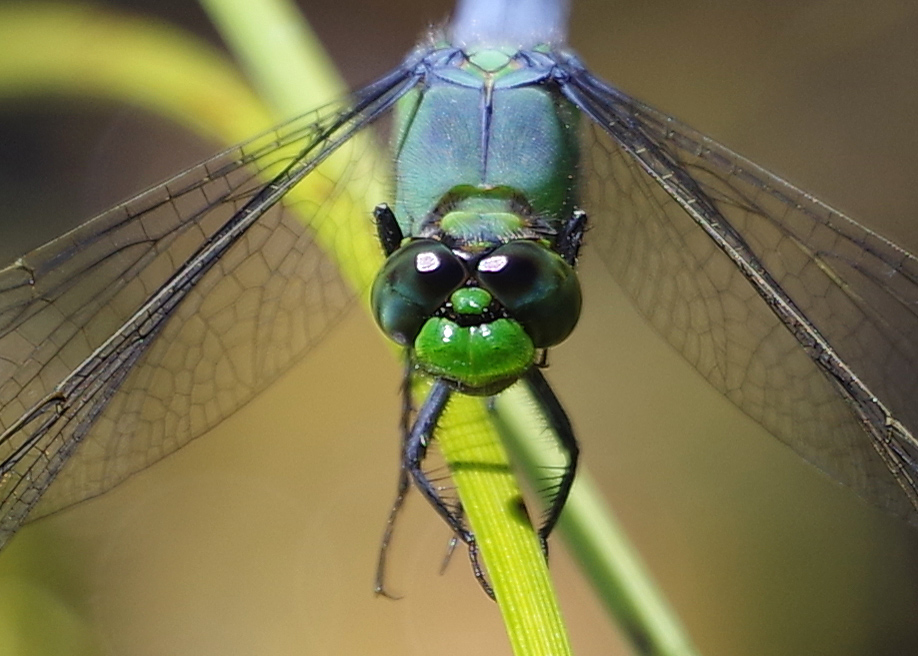
Bug o’the Week – Bugs in the News XIV
Greetings, BugFans,
Time to chip away at the BugLady’s giant collection of insect articles. Note that most of them are from various (free) on-line reports put out by the Smithsonian.

Greetings, BugFans,
Time to chip away at the BugLady’s giant collection of insect articles. Note that most of them are from various (free) on-line reports put out by the Smithsonian.
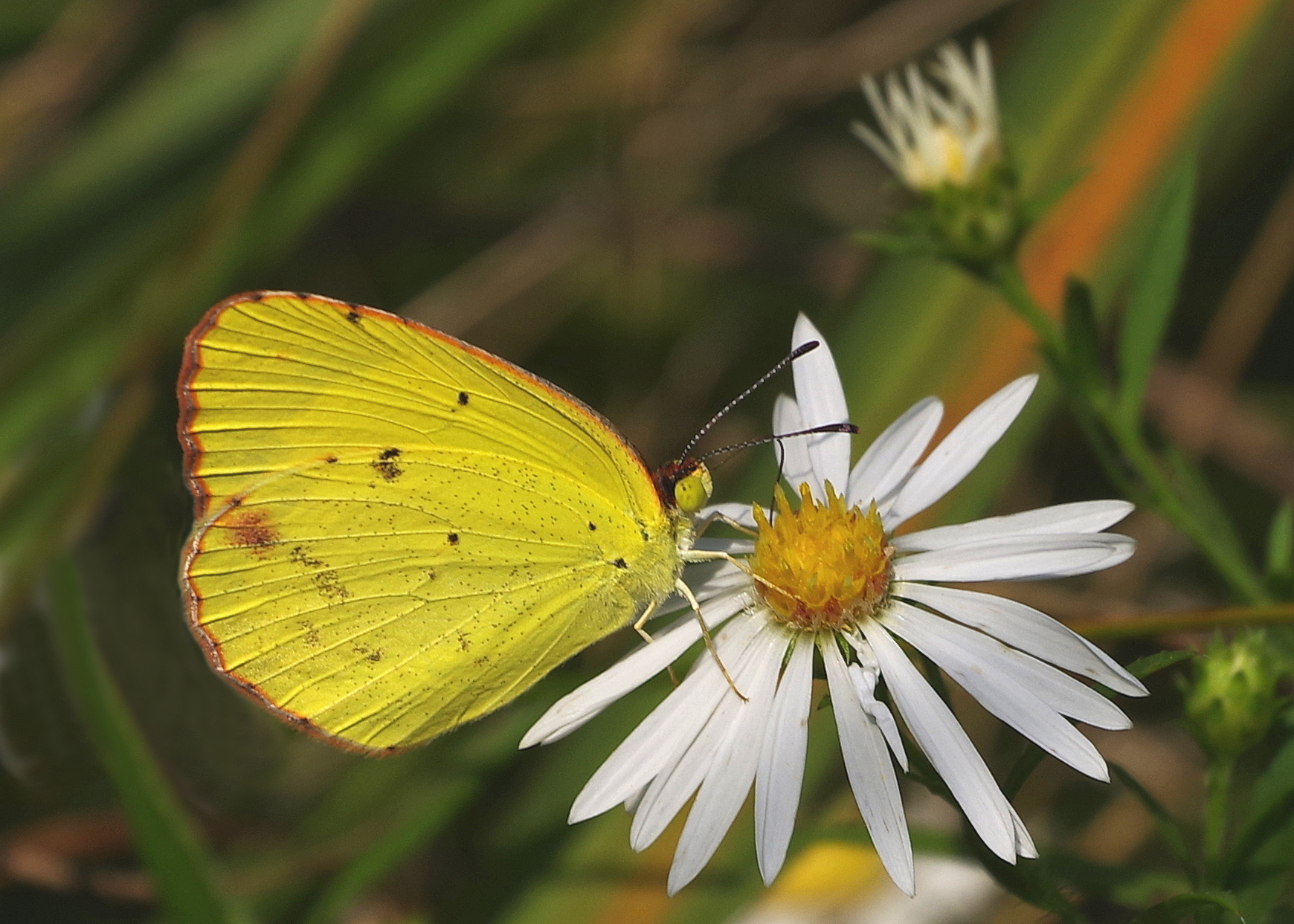
Howdy, BugFans,
When the BugLady was on the trail recently, a small, yellow butterfly flew by, just above the ground. It was noticeably smaller than the ubiquitous Orange and Clouded Sulphurs, but it zipped out of sight pretty fast. Fortunately, the BugLady’s butterfly turned around, came back, and posed nicely.

Greetings, BugFans,
The BugLady has a thing for stink bugs. They’re like bumble bees and water lilies – she can’t walk past one without taking its picture. She especially likes stink bugs in the genus Brochymena, the Rough stink bugs, which look like walking fossils. But before we talk about the Brochymena, which have made a few brief appearances in BOTW, here’s a brief Stink Bug 101.

Howdy, BugFans,
A while back, BugFan Laurel shared this picture of a wasp that was photographed by her friend, Joel, who gave the BugLady permission to use it. Thanks, Joel.
This is one large wasp.
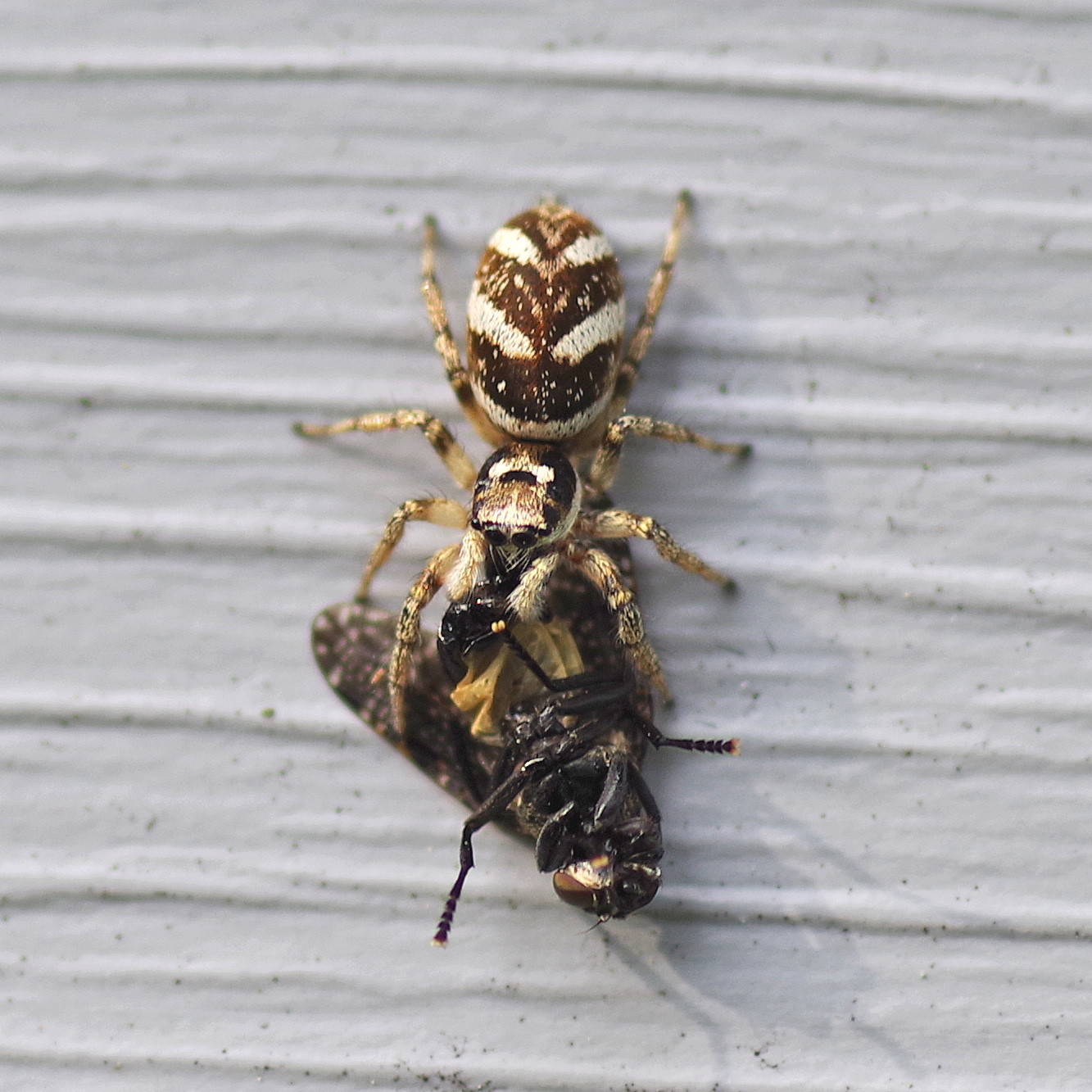
Howdy, BugFans,
A while back, BugFan Laurel shared this picture of a wasp that was photographed by her friend, Joel, who gave the BugLady permission to use it. Thanks, Joel.
This is one large wasp.
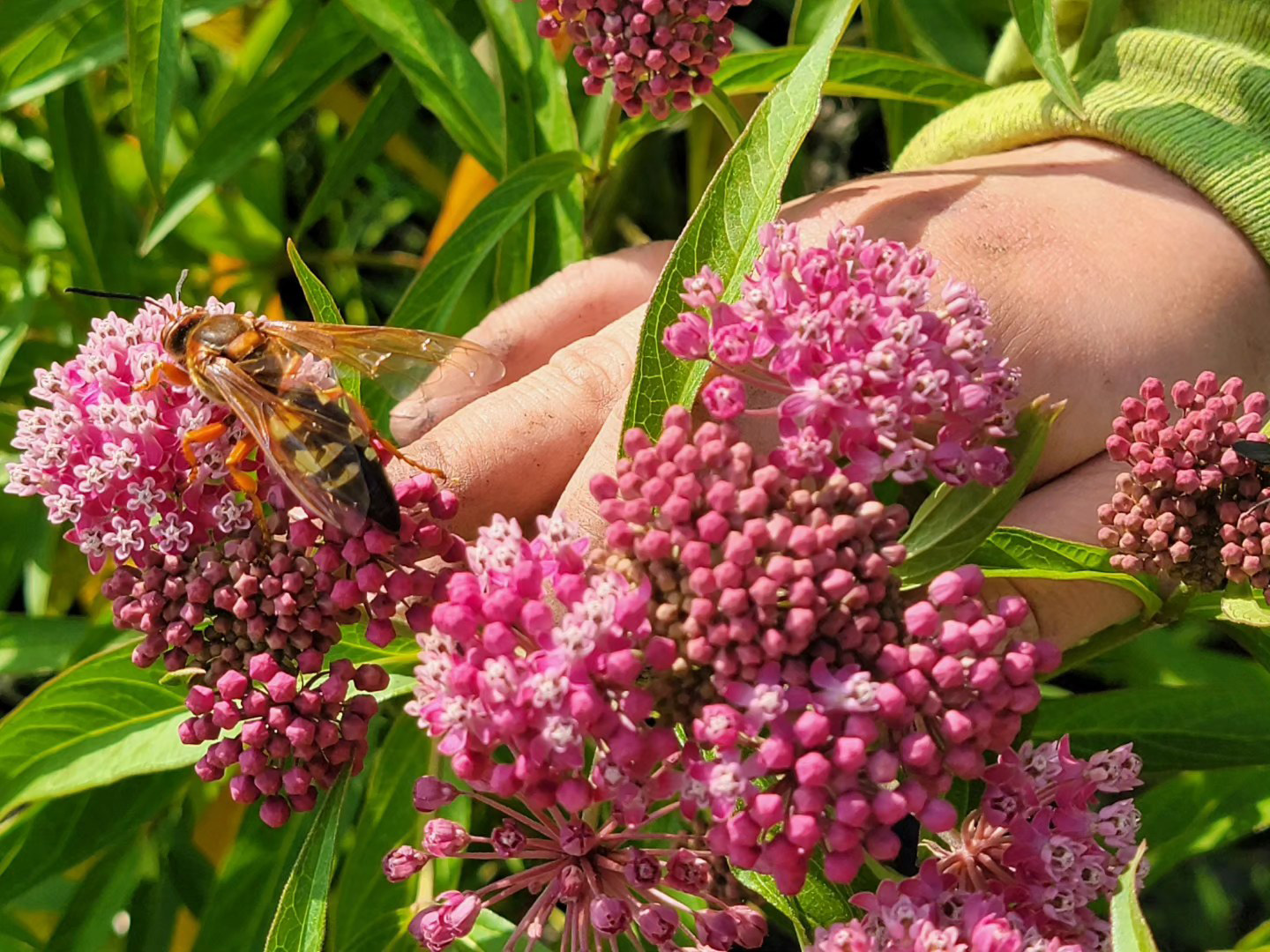
Howdy, BugFans,
A while back, BugFan Laurel shared this picture of a wasp that was photographed by her friend, Joel, who gave the BugLady permission to use it. Thanks, Joel.
This is one large wasp.
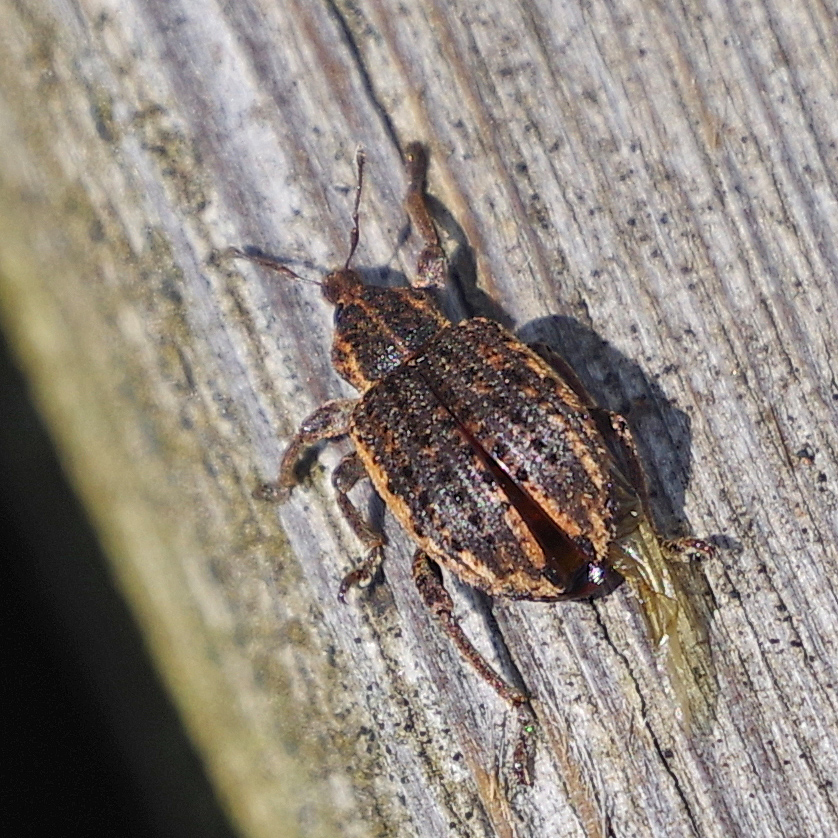
Howdy, BugFans,
The BugLady has been playing outside, and she had trouble coming in long enough to write these stories.
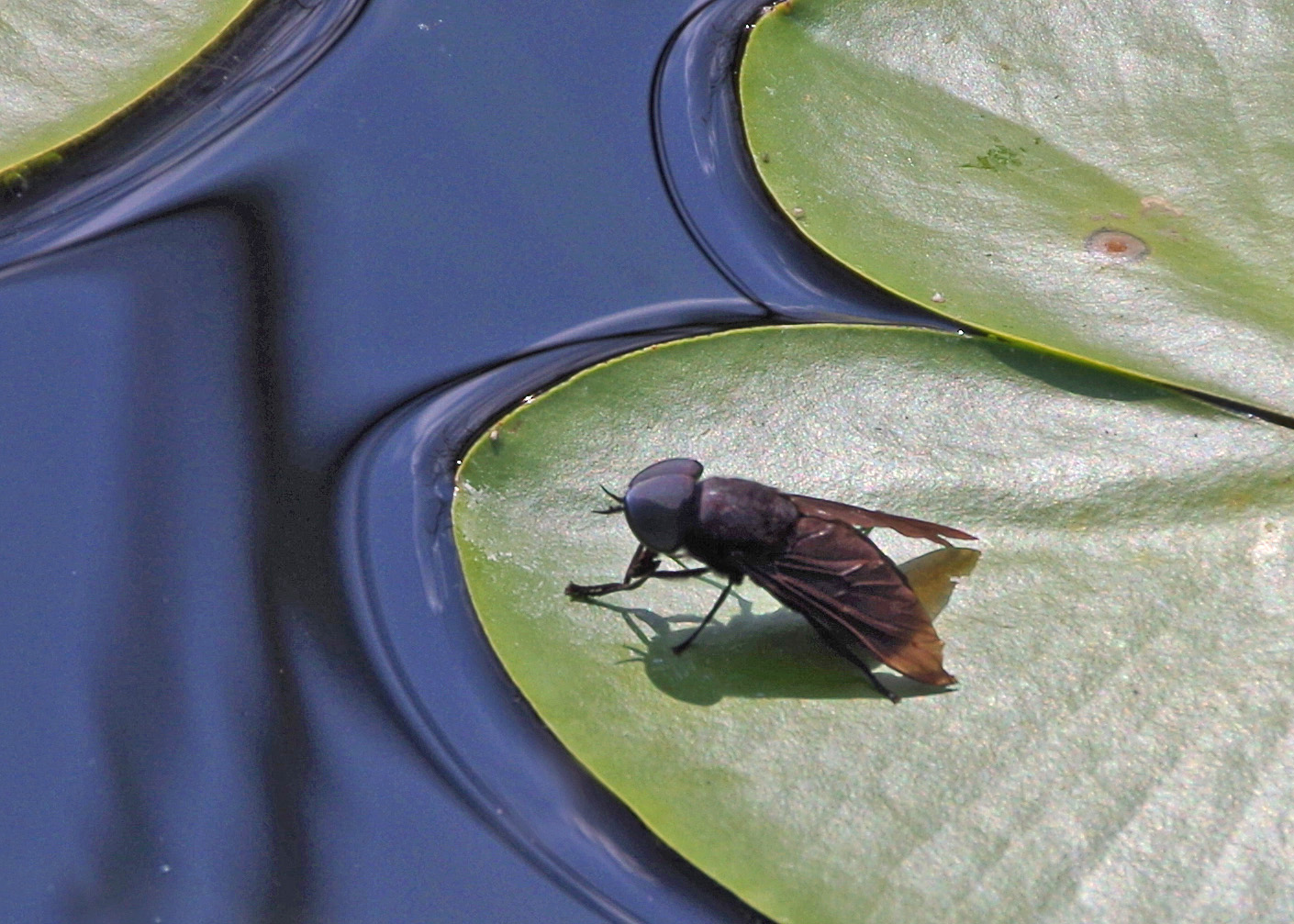
Howdy, BugFans,
The BugLady has gotten a few reports of these magnificent flies recently, so here’s an episode from 2018, with some new words and thoughts and links added.

Greetings, BugFans,
The BugLady has been scouring the landscape and aiming her camera at anything that will sit still for it (and some that won’t). And (without going too overboard on dragonflies and damselflies), here are some of her bug adventures.
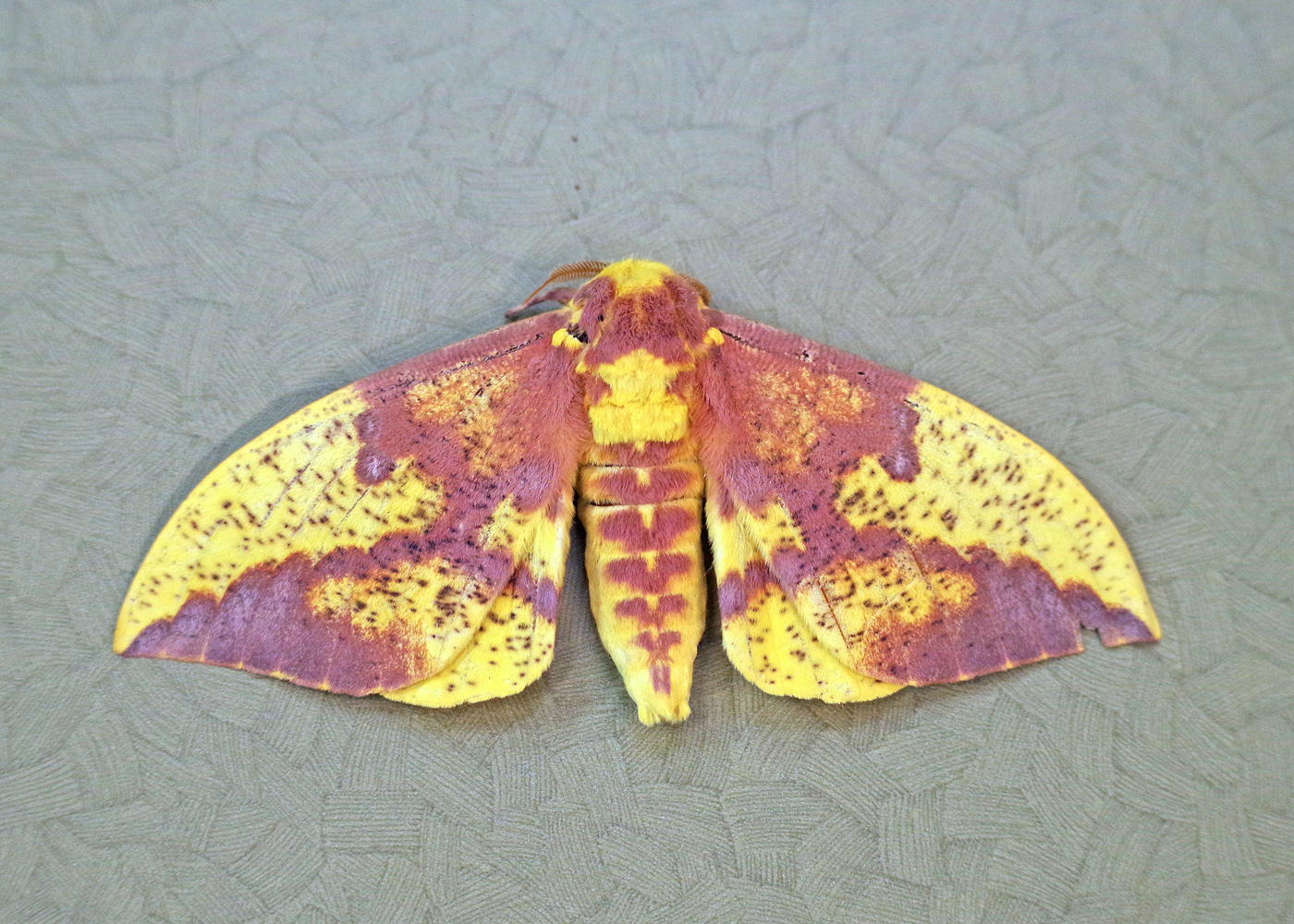
Greetings, BugFans,
Well, the BugLady completely zoned about National Moth Week last week, so we are celebrating it now, tardily (but hey, every week is Moth Week).
BugFan Mary emailed to say that she found a deceased Imperial Moth, and did the BugLady want to see it? Oh yes!